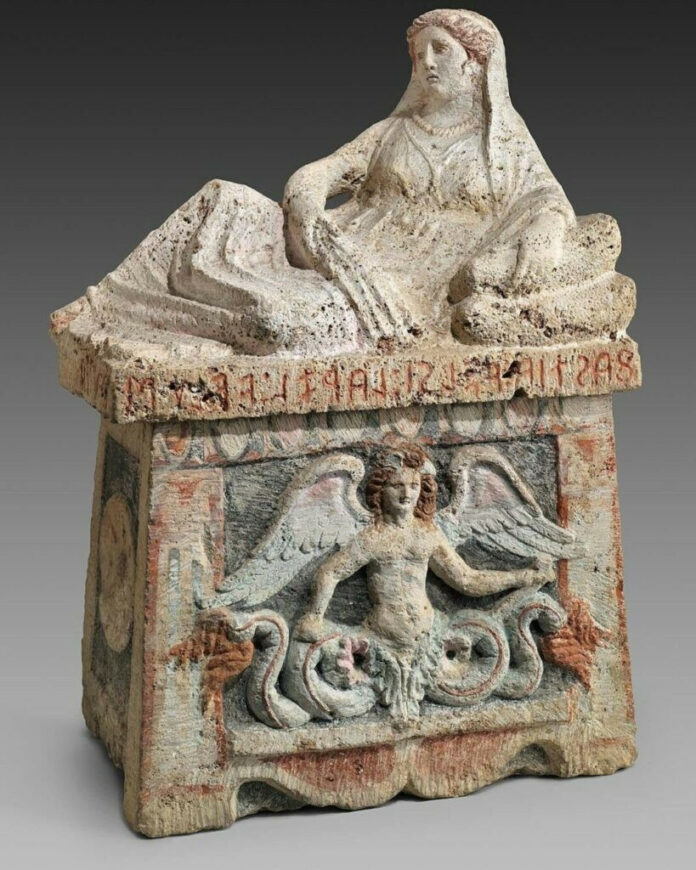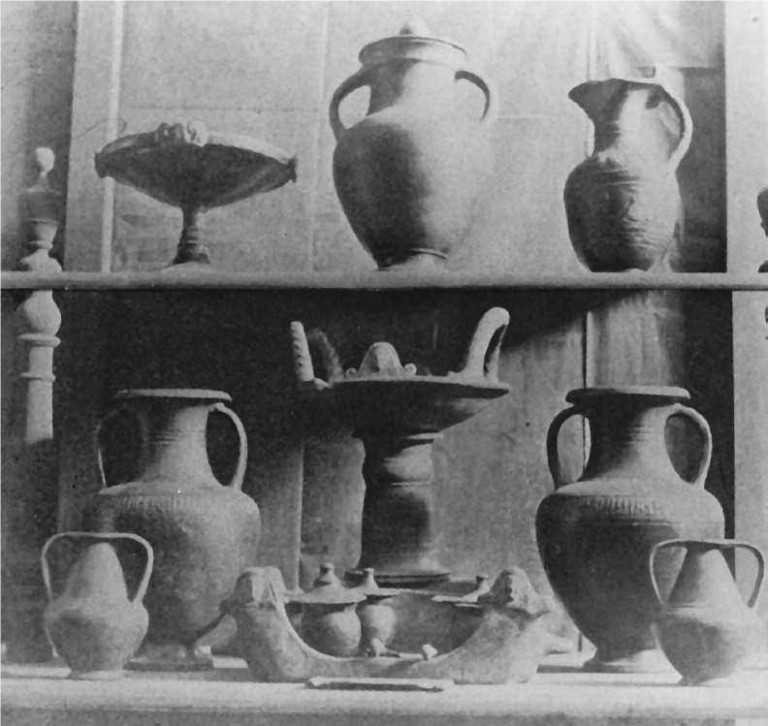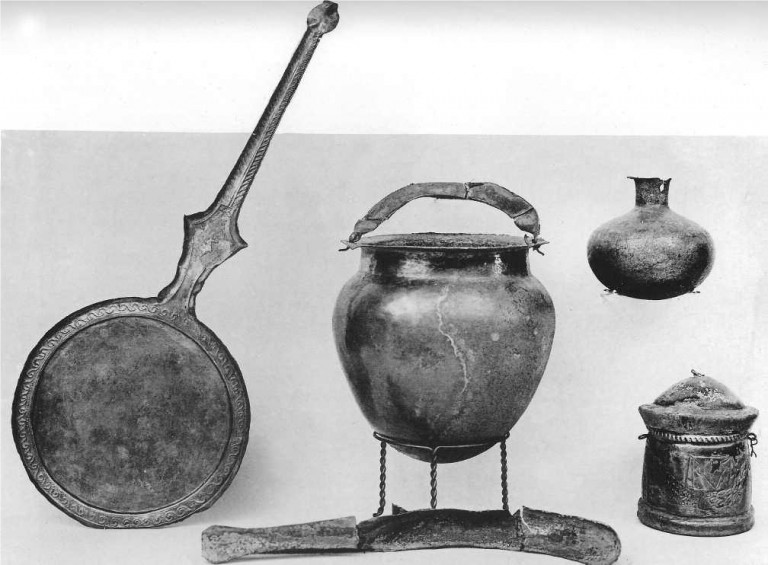In the picturesque Tuscan town of Chiusi, Italy, a wealth of ancient Etruscan artifacts has fascinated scholars for over a century. The narrative begins in the late 19th century when a notable tomb group, discovered around 1895, was sent to the Field Museum in Chicago, thanks to A. L. Frothingham Jr. This set the stage for further significant discoveries that illuminated the Etruscan civilization.

By 1913, the Boston Museum of Fine Arts acquired a substantial collection from the later Hellenistic period, including an inscribed cinerary urn and luxurious items like silver vessels and jewelry. These artifacts highlighted the Etruscans’ artistic skills and daily life but also raised questions due to the absence of some items and their rediscoveries across various museums worldwide.

The journey of these treasures has greatly enriched our understanding of the Etruscans and influenced modern archaeological practices. Today, they serve as silent witnesses to a thriving civilization, offering insights into their culture and reminding us of our duty to preserve history. Chiusi stands as a testament to the enduring importance of cultural heritage and our shared human narrative.

Video

